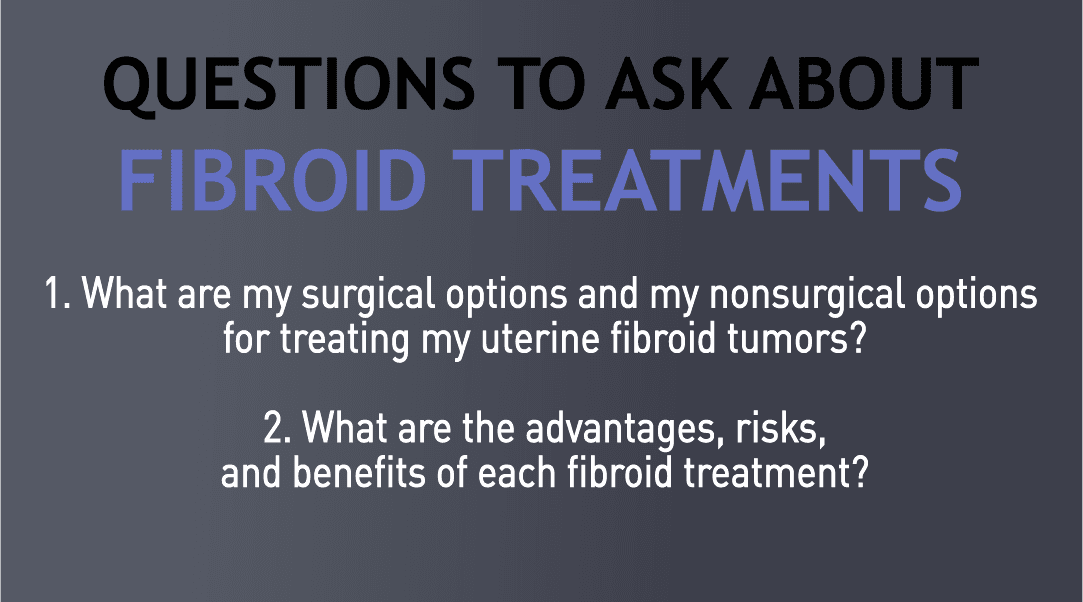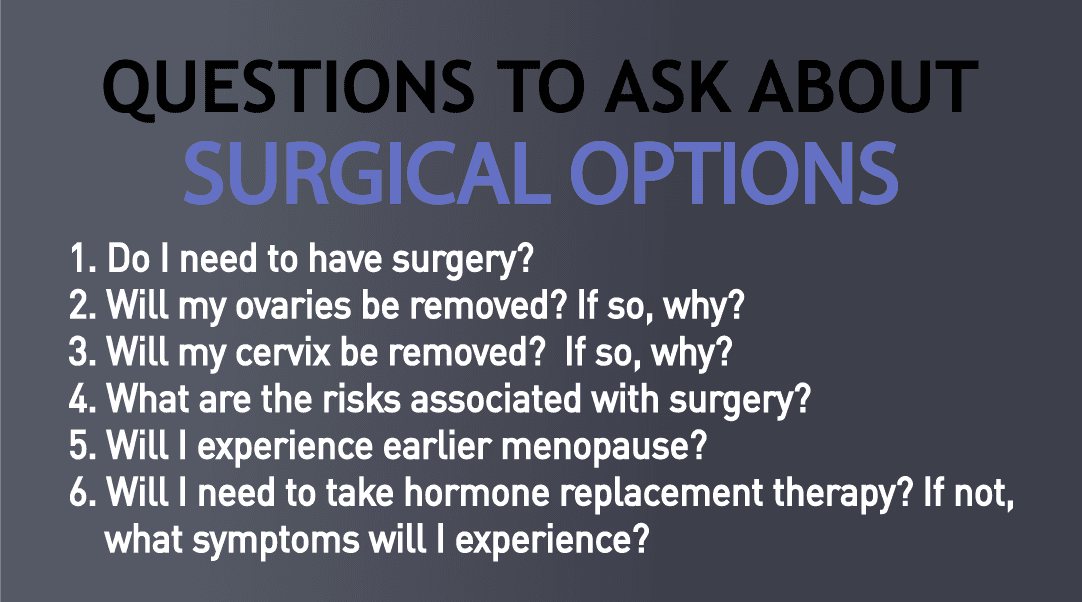Uterine Fibroid Embolization

- More than 5 million women in the U.S. have symptomatic fibroids, yet only 300,000 of them have surgery each year.
- That means there are millions of women living uncomfortably with symptoms—often because they believe surgery is their only option after medical therapy.
- VIRA’s interventional radiologists (IR’s) will coordinate closely with your Ob-Gyn to explore whether you are a candidate for UFE which goes straight to the root of the fibroid problem without surgery.
- More than 5 million women in the U.S. have symptomatic fibroids, yet only 300,000 of them have surgery each year.
- That means there are millions of women living uncomfortably with symptoms—often because they believe surgery is their only option after medical therapy.
- VIRA’s interventional radiologists (IR’s) will coordinate closely with your Ob-Gyn to explore whether you are a candidate for UFE which goes straight to the root of the fibroid problem without surgery.
- Uterine fibroid embolization (UFE), also known as uterine artery embolization (UAE), is a minimally invasive option that preserves the uterus and greatly reduces recovery times compared to surgical procedures.
- UFE blocks the blood supply to fibroids, causing them to shrink.
- About 85-90% of women have significant relief or total resolution of fibroid symptoms such as heavy bleeding, pain or pressure, and other fibroid-related problems.
- Recurrence of fibroids following UFE is rare.
- UFE is performed by an interventional radiologist (IR), a doctor who uses X-rays and other imaging techniques to see inside the body and treat conditions without surgery.
- During UFE, the patient is kept comfortable with sedation and pain medication.
- The IR inserts a thin tube through a small incision in the skin of the groin.
- The small tube (catheter) is placed into the femoral artery and tiny microscopic particles (Embospheres®) are injected into the uterine arteries supplying blood to the uterus and to the fibroids.
- The tiny particles injected into the arteries supplying the uterus starve the fibroids of the nutrients they need to grow.
- Over the next several months, the fibroids shrink and die.
- Have symptomatic fibroids
- Do not intent to get pregnant in the future
- Want to keep their uterus
- Do not want surgery
- Want a faster recovery time
- May not be a good candidate for surgery.
one of VIRA’s interventional radiologists
Other Fibroid Treatment Options
Other Fibroid TreatmentOptions

Hysterectomy
Surgical removal of the uterus for decades has been the traditional treatment for women with significant symptoms related to fibroids who no longer desire children. However, some women may prefer an option that preserves their ability to have children. Additionally a hysterectomy is considered major abdominal surgery and may require days of hospitalization and weeks of recovery time. Although rare, hysterectomy may result in post-operative complications or even death.
Button
Myomectomy
Surgical option which involves cutting out one or more of the fibroids. Myomectomy may be a good option depending upon the size, number, and location of the fibroid tumors, but does not get to the root of the problem. The more fibroids present, the less successful the myomectomy surgery which occasionally may result in a hysterectomy. Depending upon extent of the surgery, recovery time can be days or weeks. Like uterine fibroid embolization, a myomectomy can preserve the woman’s ability to have future pregnancy.
Button
Endometrial Ablation
Sometimes suggested by physicians, which may cause confusion as it sounds similar to “fibroid embolization” (or UFE). Endometrial ablation only treats the endometrial lining and not specifically fibroids. Endometrial ablation is best performed for women without fibroids who are suffering with heaving bleeding for other reasons and do not desire future fertility.
Button
Medical Therapies
Nonsurgical options for control of some symptoms associated with fibroids include use of birth control pills to control excessive bleeding, non-steroidal anti-inflammatory medication (NSAID) for pain control and so-called GnRH agonists. GnRH agonists decrease estrogen production from the ovaries and can temporarily decrease fibroid size. They usually are not prescribed for more than six months, after which symptoms can recur.
Button

Hysterectomy
Surgical removal of the uterus for decades has been the traditional treatment for women with significant symptoms related to fibroids who no longer desire children. However, some women may prefer an option that preserves their ability to have children. Additionally a hysterectomy is considered major abdominal surgery and may require days of hospitalization and weeks of recovery time. Although rare, hysterectomy may result in post-operative complications or even death.
Button
Myomectomy
Surgical option which involves cutting out one or more of the fibroids. Myomectomy may be a good option depending upon the size, number, and location of the fibroid tumors, but does not get to the root of the problem. The more fibroids present, the less successful the myomectomy surgery which occasionally may result in a hysterectomy. Depending upon extent of the surgery, recovery time can be days or weeks. Like uterine fibroid embolization, a myomectomy can preserve the woman’s ability to have future pregnancy.
Button
Endometrial Ablation
Sometimes suggested by physicians, which may cause confusion as it sounds similar to “fibroid embolization” (or UFE). Endometrial ablation only treats the endometrial lining and not specifically fibroids. Endometrial ablation is best performed for women without fibroids who are suffering with heaving bleeding for other reasons and do not desire future fertility.
Button
Medical Therapies
Nonsurgical options for control of some symptoms associated with fibroids include use of birth control pills to control excessive bleeding, non-steroidal anti-inflammatory medication (NSAID) for pain control and so-called GnRH agonists. GnRH agonists decrease estrogen production from the ovaries and can temporarily decrease fibroid size. They usually are not prescribed for more than six months, after which symptoms can recur.
Button
Call VIRA today
We want to help you feel better as soon as possible!




